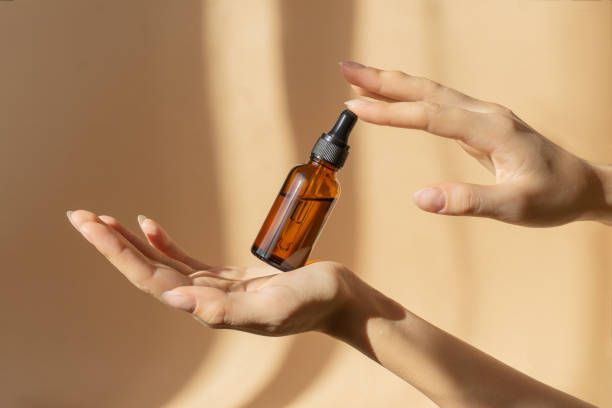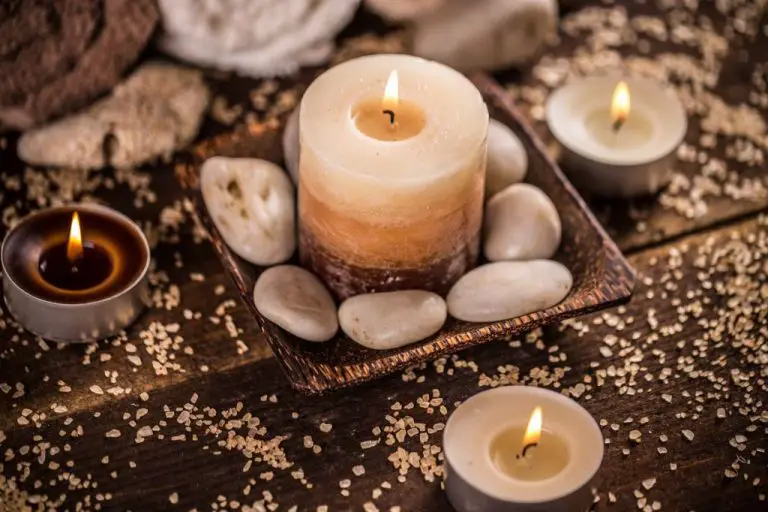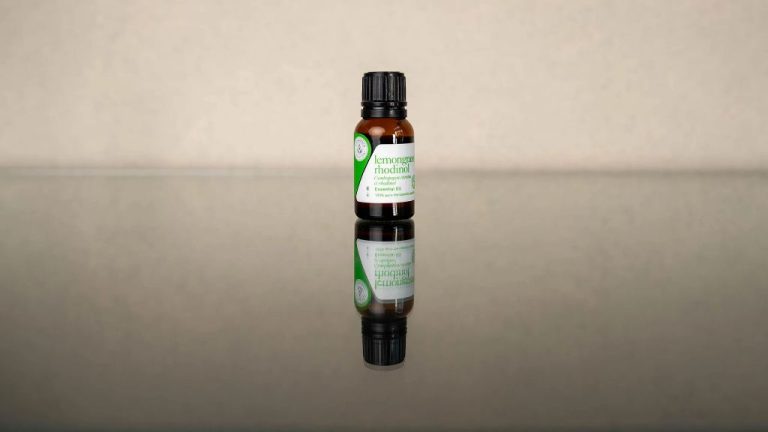How Much Is 100 Drops Of Essential Oil?
Essential oils are concentrated extracts derived from plants such as flowers, herbs, and trees. They contain the ‘essence’ of the plant, harnessing its fragrance and natural therapeutic benefits. Essential oils have seen a surge in popularity in recent years, with the global market expected to reach $15.3 billion by 2027 [1]. This growth is largely driven by increased consumer interest in natural products and their use in aromatherapy, cosmetics, cleaning products, and more.
This article aims to provide readers with a definitive answer on the volume of 100 drops of essential oil. With essential oils requiring dilution before use, understanding standard drop sizes allows for safe and effective application. Read on to learn about typical essential oil bottle sizes, the average volume and weight of a drop, and common uses for 100 drops.
What is a drop of essential oil?
A drop of essential oil is a small amount of concentrated aromatic liquid extracted from plants. The size of an essential oil drop can vary based on factors like the viscosity of the oil, dropper tip size, and method of dropping. While there is no standard size, research shows that most essential oil drops are estimated to be about 0.05 mL or 0.05 grams.

One study from the Tisserand Institute analyzed the size of ylang ylang essential oil drops from a regular consumer bottle. They found the average drop size to be 0.05 mL, with a range of 0.02 to 0.09 mL depending on dropper type and user technique. The average drop weighed around 0.05 grams. Drops from thicker oils may be slightly larger, while drops from thinner oils may be smaller. But 0.05 mL or 20 drops per mL is a reasonable average (Source).
So in summary, an average drop of essential oil weighs around 0.05 grams and measures about 0.05 mL in volume. But individual drop size can vary based on multiple factors.
Typical essential oil bottle sizes
Essential oils come in a variety of standard bottle sizes. Some of the most common bottle sizes include:
- 5mL – This is a small, portable bottle often used for travel or sample sizes.
- 10mL – A mid-size bottle that contains around 250-300 drops. This is one of the most popular retail sizes.
- 15mL – Slightly larger than 10mL, this bottle size holds around 375-450 drops.
- 30mL – A larger retail size bottle that holds approximately 750-900 drops.
According to Curioganic, some of the most common brand bottle sizes include 5mL, 10mL, 15mL, and 30mL options.
The 10mL and 15mL sizes are very common for personal use or gifting oils. The 30mL is frequently used for larger retail sizes or for people who use essential oils more heavily.
Drops per Bottle
The number of drops in an essential oil bottle depends on the size of the bottle. Here are the typical bottle sizes and drops per bottle:
- 5ml bottle – approx 100 drops
- 10ml bottle – approx 200 drops
- 15ml bottle – approx 300 drops
- 30ml bottle – approx 600 drops
- 50ml bottle – approx 1000 drops
As you can see, the number of drops doubles as the bottle size doubles. So a 15ml bottle will have about twice as many drops as a 5ml bottle. Knowing the typical drops per bottle is helpful when measuring out essential oils for recipes.
Volume of a Drop
A single drop of essential oil is typically around 0.05 mL or 0.05 cc in volume. This is based on research showing that an average drop from a standard 15mL essential oil bottle is about 0.033-0.05 mL. For example, one source measured an average drop size of 30 drops per mL across several essential oils (Tisserand Institute). Using simple math we can deduce that 30 average drops would be around 1 mL in volume. Of course, an average is just an approximation since drop size can vary slightly between oils and bottles.
Most references cite the 0.05 mL or 20 drops per mL as a standard for conversion purposes. So this means a single drop from a typical 15mL or 30mL essential oil bottle would measure around 0.05 mL.
Weight of a drop
When measuring essential oils, it’s important to understand the approximate weight of a single drop. According to research, a single drop of essential oil weighs around 0.05 grams on average (https://tisserandinstitute.org/learn-more/drop-size/). The Tisserand Institute conducted an experiment measuring the weight of 20 drops for three different essential oils. They found the average weight came out to 0.66 grams. Dividing this by 20 drops gives an average weight per drop of 0.033 grams. However, due to viscosity differences between oils, some experts estimate the weight can range from 0.025 to 0.05 grams per drop (https://englisharomatherapist.com/how-much-is-one-drop/). So the consensus seems to be that on average, a single drop of essential oil weighs around 0.05 grams.
100 Drops in Volume
100 drops of essential oils equates to approximately 5ml of volume. According to Jenni Raincloud, one common conversion is that 5ml equals 100 drops of essential oil. This is a useful approximation when measuring out essential oils for recipes and blends. However, not all essential oil drops are exactly equal in size, so this should be considered a rough estimate.
To understand where this 5ml to 100 drops conversion comes from, it’s helpful to know that 1ml equals approximately 20 drops of essential oil. This varies slightly between oils, but 20 drops per 1ml is a standard guide. With this conversion in mind, multiplying by 5 gives us 100 drops for a 5ml volume.
Knowing that 100 drops is close to 5ml in volume allows for easy calculations when making larger blends. For example, if a diffuser holds 100ml of water, and you want to add 20 drops of essential oil, that would equate to 1ml of oil (since 20 drops is 1ml).
100 drops in weight
Essential oils are typically measured by volume in drops, but they can also be measured by weight in grams. According to Essential Oil Conversions and Dilutions, the average weight of 100 drops of essential oil is around 5 grams. This is because each individual drop of oil weighs about 0.05 grams. The exact weight can vary slightly between different essential oils based on their density.
By doing the math, 100 drops x 0.05 grams per drop = 5 grams. So if you need to know the weight of 100 drops of any essential oil as a general rule of thumb, 5 grams is a good estimate.
Typical uses of 100 drops
100 drops of essential oil can be used in a variety of ways. Here are some common uses for 100 drops:
- Fill 2-3 10mL roller bottles (requiring 25-50 drops per bottle) for topical application. Popular oils for roller bottles include lavender, peppermint, and lemon.
- Make a 2oz spray bottle (requiring ~20 drops) for linen spray or cleaning applications. Good choices are lemon, melaleuca, or purification blends.
- Refill a 100mL diffuser 1-2 times (needing 15-20 drops per diffuser fill) for aromatherapy benefits. Great diffuser oils include lavender, eucalyptus, and wild orange.
- Add to an 8oz bath soak or salt scrub recipe (using 10-15 drops) for relaxation or exfoliation. Ideal bath oils are lavender, bergamot, frankincense.
- Blend with 15-30mL of carrier oil like fractionated coconut oil to make a massage oil (needing 15-25 drops). Oils like cypress, marjoram, black pepper are soothing.
With 100 drops of oil, you can make a variety of DIY body care and aromatherapy products to use yourself or gift to others.
Conclusion
In summary, one drop of essential oil is typically around 0.05 mL or 50 microliters in volume. The weight of a drop depends on the density of the oil, but is usually in the range of 0.025-0.04 g. 100 drops of essential oil would be around 5 mL or 5 grams.
100 drops, or about 5 mL, is a common amount for many essential oil uses. It’s enough to make a rollerball bottle for topical application, add to an aromatherapy diffuser, or create DIY cleaners and beauty products. When using essential oils, always follow usage guidelines and dilute with a carrier oil if applying to skin.
Essential oils are highly concentrated, so a little goes a long way. Be prudent with your usage, store oils properly, and enjoy safely incorporating these aromatic plant extracts into your wellness routines.




